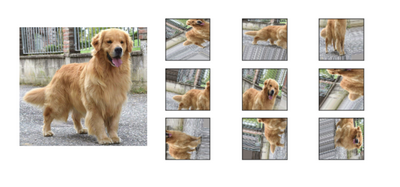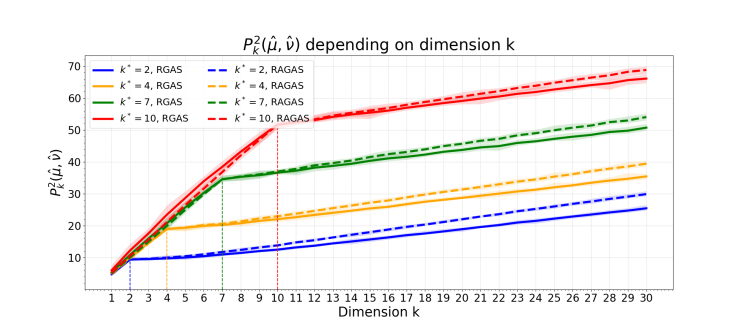Note: we have changed our project to "lbsNeRF: Animatable Volumetric Avatars from Video"
Neural radiance fields (NeRF) have emerged as a promising representation for encoding geometry and appearance of static scenes and objects. However, extending these representations to capture the non-rigid deformations common in categories such as humans and animals remains an open challenge. Towards this goal, we propose lbsNeRF, a framework that learns an actor-specific neural avatar from multi-view videos with associated skeleton motions, and subsequently allows rendering under...








